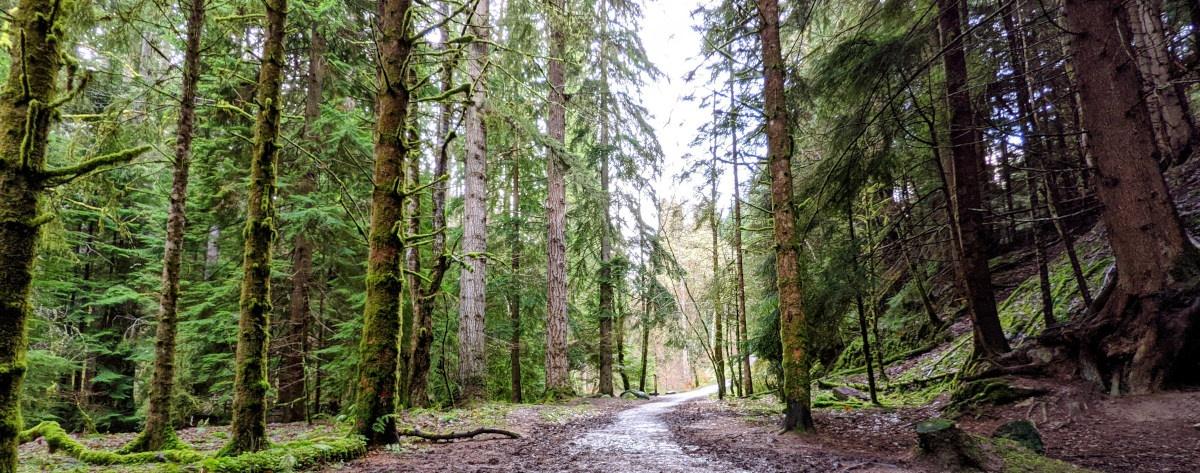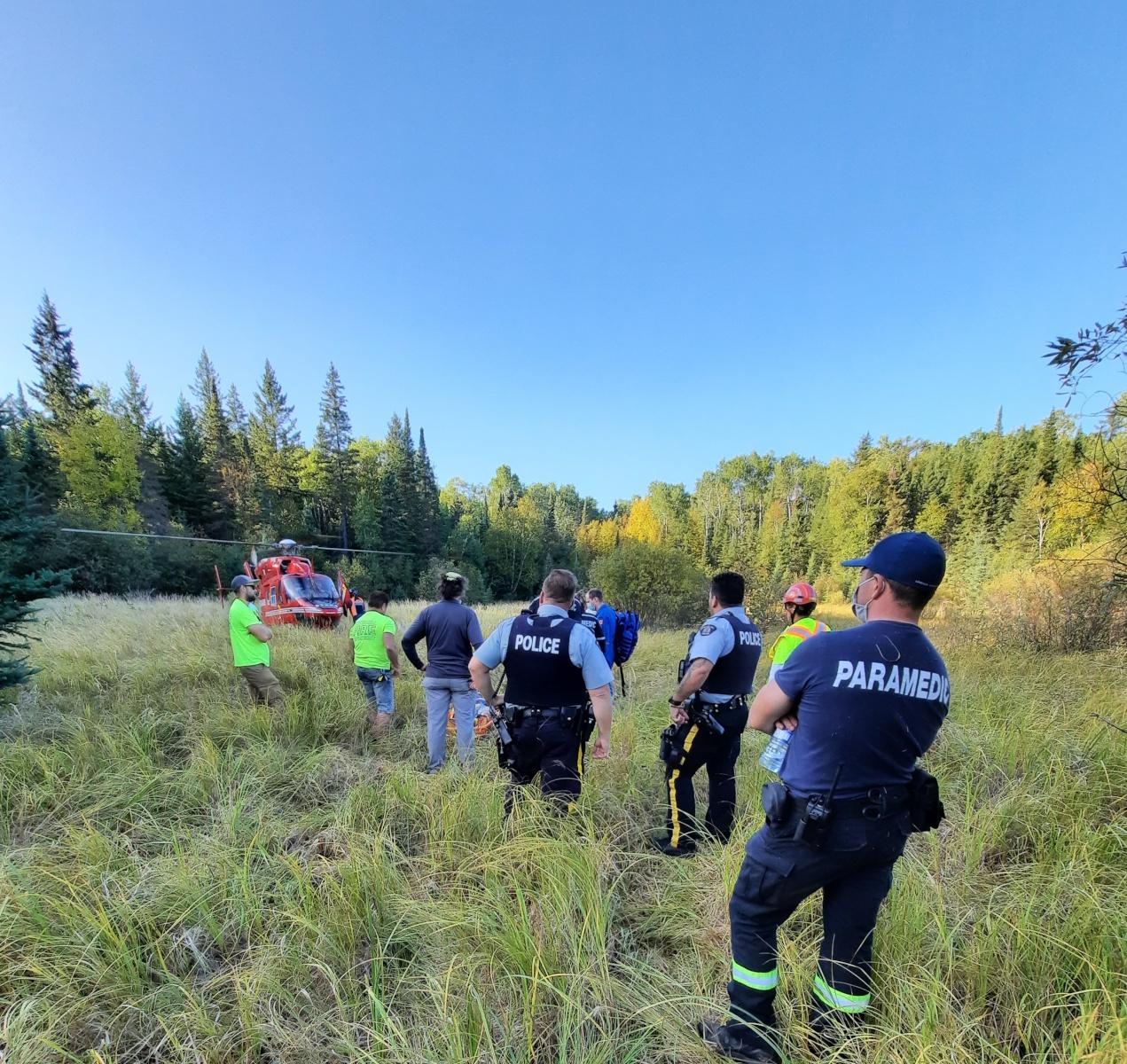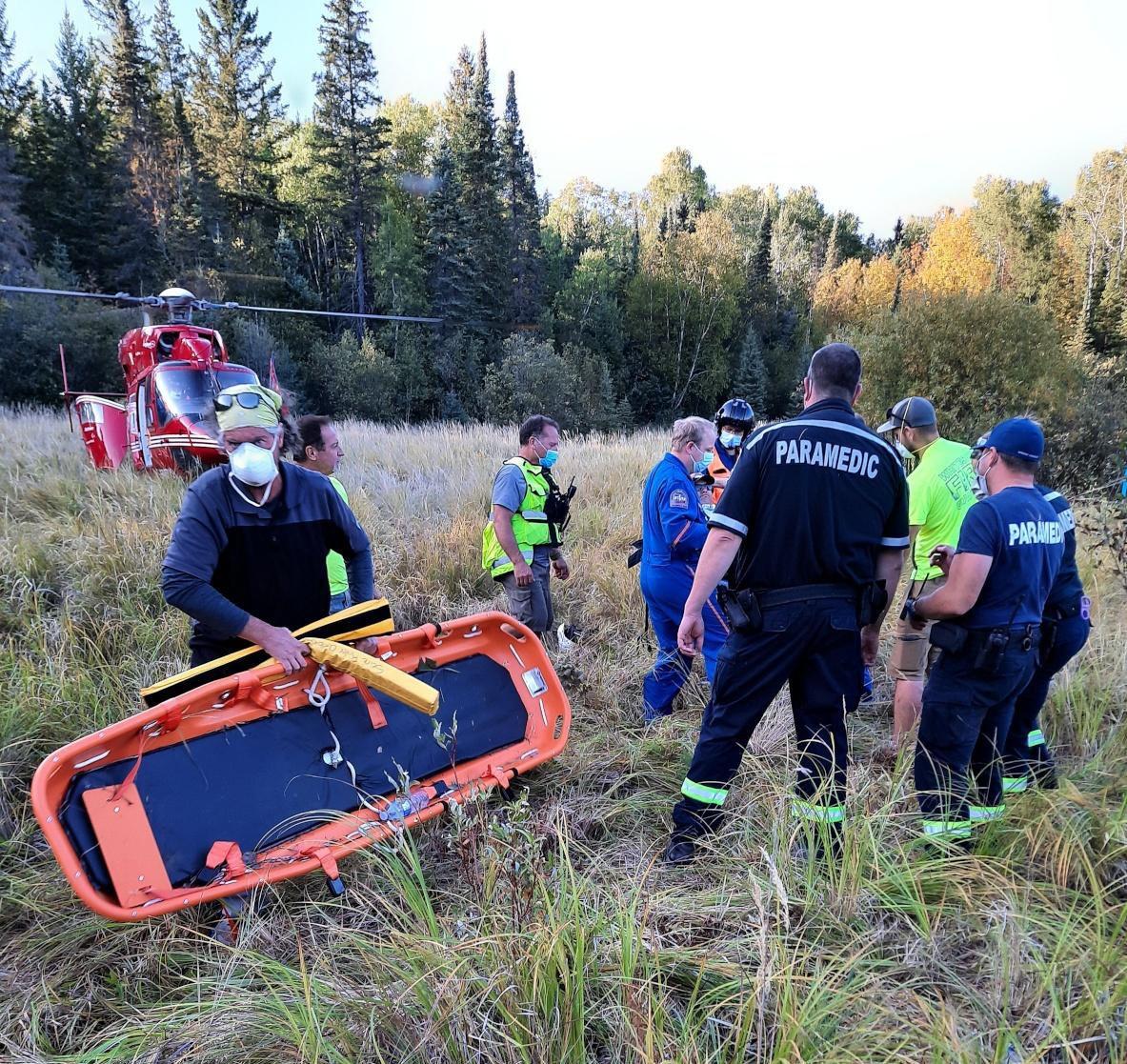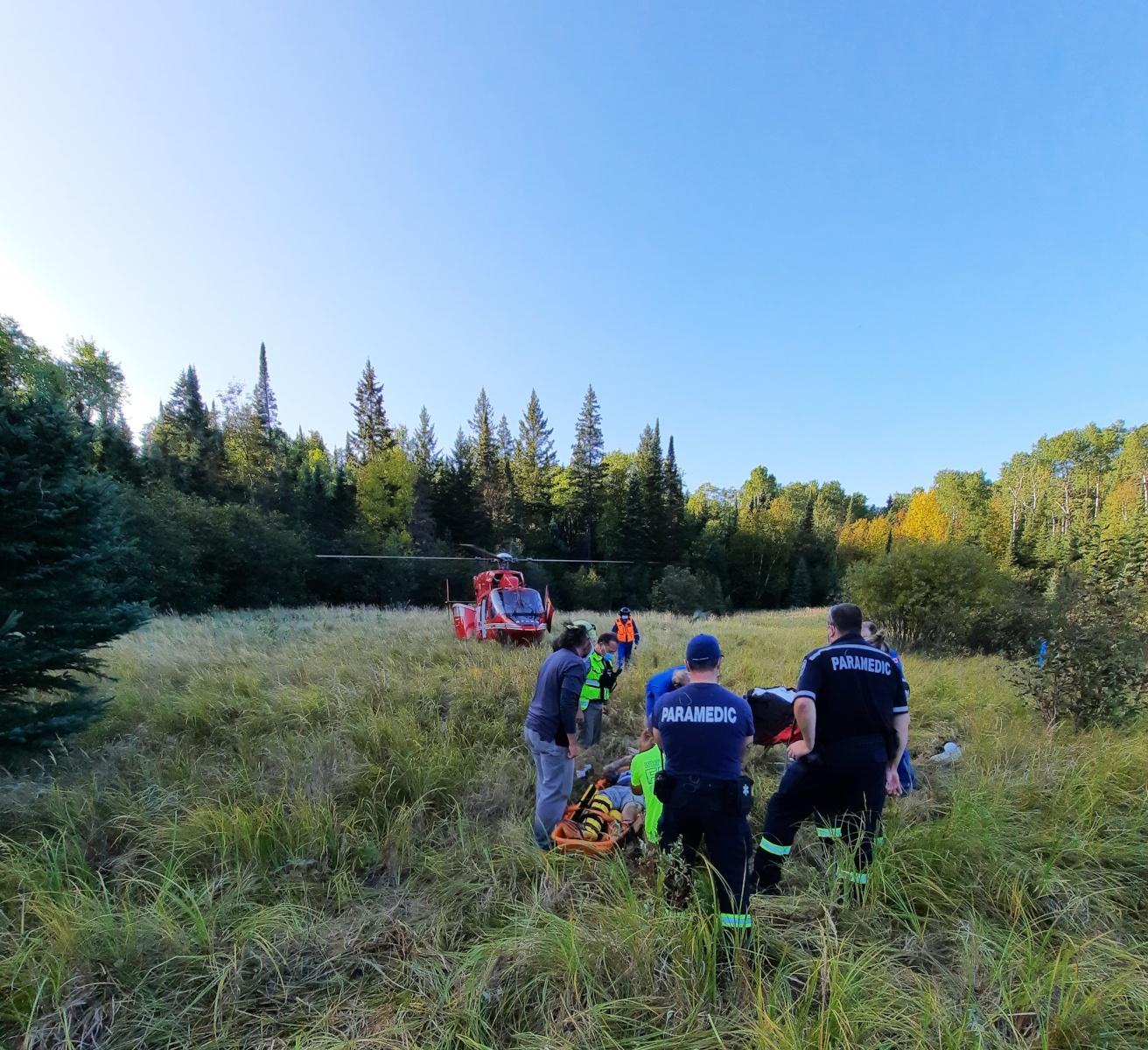Sunday, November 29, 2020 - Blog on a Log
What If I Need to Be Evacuated by Helicopter?
What Happens if I Need a Helicopter Evacuation from the Backcountry?
Written by: Rick Shone
In 20 years of outfitting back country enthusiasts and over 14 years of planning remote style adventure races I have noted that back country emergencies are rather rare. Now that is not to say that injuries in the back country do not happen, but just that life threatening injuries that require the aid of EMS or air helicopter services are not that common. Why is that? It is because the wilderness can be a relatively safe place to be and the majority of outdoor enthusiasts are blessed with some degree of common sense and instinct to protect their own safety.
I have had a lot of people tell me over the years that I am a risk taker but I would disagree a little. I am actually pretty cautious compared to the average base jumper but my degree of risk tolerance is certainly not the same as others due to experience and a whole host of other reasons. The wilderness is a place you should feel inspired to run towards, not away from. But no one should venture into the back country without proper consideration of some of the risks involved. Planning and developing your wilderness skills is essential for your long term safety and enjoyment of the outdoors. Inevitably, the more time you spend in the back country you will feel the lure of exploring new areas, testing your limits, navigating off trails and the like. This is completely fine but without dedicated practice and learning, you are putting yourselves and others at unnecessary risk.
Despite your best planning and preparation, there is always the chance that something unforeseen can happen.
The first 3 things we recommend are:
1. Leave a Trip Plan
You should never head out into the back country without telling anyone where you are going and what time to expect you back. This is the simplest insurance you can offer yourself. Adventure Smart has a great website where you can create a digital trip plan to leave with someone at home. It is filled with a lot of other great safety tips as well you should take some time to review.
2. Bring a Personal Locator Device
There are many options available but three that we recommend considering are the Garmin InReach, the Spot X Messenger and the Spot Gen 4 device. Both the InReach and the X Messenger allow two-way messaging using satellite communications while the Spot Gen 4 is a simpler device that is a one-way communicator. Various service plans do apply to these devices but economical rental options are available at our store and other outfitters.
3. Bring a First Aid Kit
You should never leave home without it. Remember to restock the kit when you get home if you used anything from it during your trip. We recommend all outdoor enthusiasts commit themselves to taking at minimum a Standard First Aid course because carrying a first aid kit is somewhat useless if you have no idea how to use the items in it. There are some great advanced first aid options available through our stores and other outfitters that provide valuable knowledge for back country specific situations.

If you are injured in the backcountry you must have some idea of how to take care of yourself. In the extreme case you need to be extracted by helicopter, you are going to have to wait a long time and possibly figure out how to get yourself to an area more conducive for them to land.
This past September, our team was faced with an air medevac situation where an injured person broke their tib / fib while trekking through the back country. Only 500 m from the nearest road, the first responders attending scene decided that it was not possible to move the person to the road due to the terrain. As you can imagine, helicopters just do not arrive on command and in the blink of an eye but, in this case, nearly 3 hours later. I have heard many stories where response was much longer or not even possible due to the location of the injured person. It goes without saying that being evacuated by a helicopter is just not a position you ever hope to be in.
Who Pays for the Flight?
This is one of the most popular questions I hear. The answer to this differs depending on the province that you are located in or what organization is picking you up. If you are being evacuated by Search and Rescue, there likely will be no fee incurred. We do live in a great country. In most cases, your flight will either be completely covered or the vast majority of the cost will be covered IF you are in the province you reside in AND possess a current health card. Manitobans will not incur a charge for air evacuation however residents of Ontario will be charged a very nominal co-payment fee of $45.00.
That is a big IF that most people do not consider. This recent CBC article shares the experience of an Ontario woman who was faced with an air ambulance bill of $12,000 while out of her home province in Nova Scotia. The STARS website suggests that a typical flight would cost $5,400. An article in the Washington Post puts flights in the US at around $39,000 USD.
if you are traveling out of province, or you are simply wandering across provincial boundaries in the middle of your day it is highly recommended that you acquire travel insurance that covers you for helicopter evacuation and repatriation to your home province. Costs and insurance policies are subject to change and worth reviewing often.
Check your insurance! Whether you are traveling in Canada or around the world - know your coverage. Medi-Quote has designed a page on their website just for our wilderness adventurers. Contact them for travel insurance and any questions you might have to make sure you are fully covered! (We get nothing out of this other than the comfort in knowing you will prepare properly and we get to support a professional Canadian business by sending you to them).
Wikipedia list of Air Ambulance services in Canada.



Last Updated: December 12, 2020
